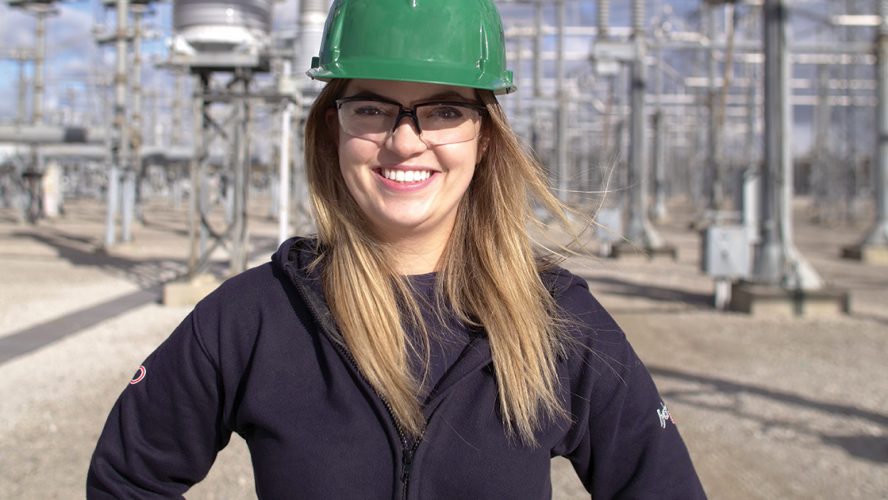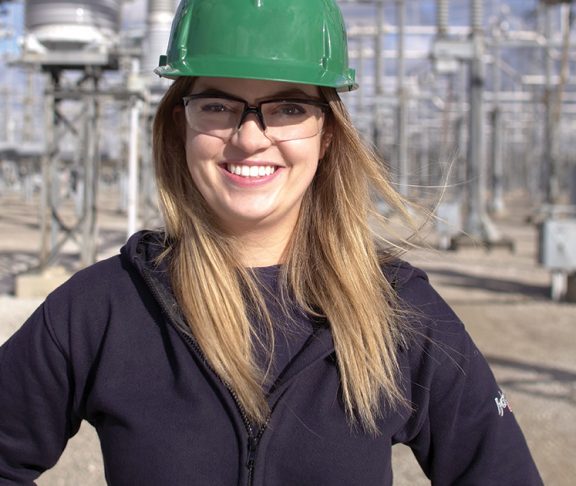Tessa Leonard always knew that she wanted to work in a technical industry. As a young woman, she might not have known exactly which field to enter, but working in science, technology, engineering or mathematics (STEM) was a given. Near the end of high school, she chose engineering as her preferred vocation.
But Leonard is a rarity. More men are still drawn to STEM than women.
Women remain unrepresented
A study conducted by Statistics Canada entitled Women in scientific occupations in Canada, written by Dominique Dionne-Simard, Diane Galarneau, and Sébastien LaRochelle-Côté notes that, “Despite significant progress in education and labour force participation, women remain underrepresented in occupations in natural and applied sciences. The underrepresentation of women in scientific occupations is itself partly due to their low participation in fields of study related to STEM despite efforts to attract them.”
However, women are an important voice to have in the STEM fields as they offer unique perspectives and different problem-solving skills than their male counterparts while bringing diversity to the workplace. That’s why organizations such as Hydro One, Ontario’s largest electricity transmission and distribution company, collaborate with universities to offer programs that support female students undertaking studies in STEM.
At this age, so many young girls want to be doctors and police officers because that’s what they see, that’s what they know, that’s what people talk about. Unless their parents are engineers, chances are they don’t know these types of jobs exist.
Tessa Leonard
A post-secondary pipeline of talent
“Hydro One has partnered with four universities: Ryerson University, University of Ontario Institute of Technology, University of Waterloo, and Western University to encourage women in STEM fields — specifically engineering,” notes Leonard. She learned about the company’s WEMADEIT initiative while working with the organization during her studies at Western University’s Faculty of Engineering. “Some f the funds given are used to provide things such as scholarships and networking events for female engineering students.”
One of the goals of WEMADEIT is to reach young girls early in their academic lives so that they know what sort of STEM careers are out there for them. “It’s important to start talking to kids as young as grade three,” Leonard explains. “At this age, so many young girls want to be doctors and police officers because that’s what they see, that’s what they know, that’s what people talk about. Unless their parents are engineers, chances are they don’t know these types of jobs exist.” One of the initiatives under the WEMADEIT program, for instance, is to support girls in science fairs. “It’s a long-term investment,” she says.
A different future awaits
Leonard is now an engineer-in-training working in protection design — a department within Hydro One’s Engineering division that focuses on designing settings for protection relays. She is in her second year of a two-year program for new graduates that includes two rotations outside her home base department, and continues to feel supported by Hydro One.
“There are several employee resources for women,” she says. “One I’m heavily involved in is a support network called Women in Trades, Technology, and Engineering. It’s a network meant to hack away at some of the barriers women face in these fields today.”
The way a woman would climb a tree to clear hydro lines is different from how a man would do it. But standard training protocols are based on how a man would, and could, do it.
Tessa Leonard
Acknowledging differences
When it comes to her awareness of the inequality in the sector, Leonard recalls that she only realized the barriers that existed when speaking with other women in the industry. She provides an example: “The way a woman would climb a tree to clear hydro lines is different from how a man would do it. But standard training protocols are based on how a man would, and could, do it.” Acknowledging these differences by changing protocols opens the field to a point where women can truly feel supported and recognized.
Leonard also takes part in the company’s Lean In Circle, a trend that began with Facebook COO Sheryl Sandberg’s book, Lean In, which encourages participants to be more assertive in their careers and build their confidence through collaboration.
Ultimately, when organizations work collaboratively with universities and other industry leaders to support women in STEM, all parties stand to benefit from having a growing, diverse, and dynamic workforce in Canada. “Seeing change happen is so rewarding,” Leonard adds.




